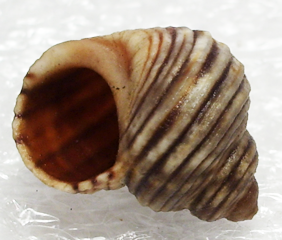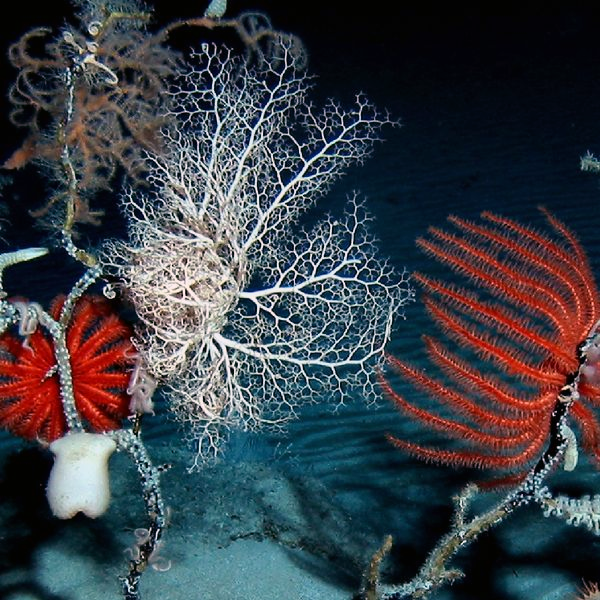The following are extracts from a press release by Lifewatch.be:
Over 1,000 new-to-science marine fish species have been described since 2008 – an average of more than 10 per month – according to scientists completing a consolidated inventory of all known ocean life. Among fish species newly-described worldwide are 122 new sharks and rays, 131 new members of the goby family, and a new barracuda found in the Mediterranean.
All are contained in the World Register of Marine Species (WoRMS), a landmark international effort to unite all existing knowledge of sea life. In the past eight years, the effort has identified as redundant aliases almost half the names assigned over two and a half centuries to ocean dwelling creatures.
Merging scores of global databases, the more than 200 editors of WoRMS found almost 419,000 species names in literature worldwide, of which 190,400 (45%) were deemed duplicate identities. One species of sea snail alone had 113 different names.
WoRMS editors have contracted to 228,450 the number of species currently known to science. About 195,000 (86%) of them are sea animals, including just over 18,000 species of fish described since the mid-1700s, more than 1,800 sea stars, 816 squids, 93 whales and dolphins, and 8,900 clams and other bivalves. The rest are species of kelp, seaweeds and other plants, bacteria, viruses, fungi, and single cell organisms.
Based at the Flanders Marine Institute (VLIZ) in Belgium, WoRMS is a collaborative scientific triumph, constituting a single, authoritative reference list of all marine species described since the pioneering work of Carl Linnaeus. In 2014 alone, some 1,451 new-to-science marine creatures were added to WoRMS – an average of four per day.
“Though a few relatively minor gaps remain, we consider the register now virtually complete with respect to species described throughout scientific history,” says WoRMS co-chair Jan Mees, Chair of the European Marine Board and Director of VLIZ. “And, of course, we are constantly updating with newly-described species, revisions of taxonomy, and adding occasional species that have been overlooked.” Dr. Mees adds that an estimated 10,000 or more new-to-science species are in laboratory jars around the world today waiting to be described.
Amazingly, says WoRMS fish specialist Nicolas Bailly of the Hellenic Center for Marine Research, new species of relatively large animals are still regularly discovered and described. Added just last month, for example: A new species of sea dragon, the ruby red Phyllopteryx dewysea (link is external) from southern Australia, distinguished via DNA analysis from two other sea dragon species. The Gobiidae family of goby fish boasts the most new species added since 2008 with 131, followed by the Liparidae family of snailfish with 52.
Formal scientific taxonomic description involves a slow, exacting process recently accelerated by DNA identification techniques and other new technologies. And there’s a daunting challenge ahead: Researchers with the Census of Marine Life of 2000-2010 (within which WoRMS was a major component) estimate that between 500,000 and 2 million marine species remain to be discovered and described. Even at today’s rate of roughly four per day, describing every marine inhabitant thought to exist would take at least 360 more years.
“Indeed, it is humbling to realize that humankind has encountered and described only a fraction of our oceanic kin, perhaps as little as 11%,” says Dr. Mees, who underscores that the remarkable pace of discovery and species description does not imply a growing abundance of marine life. “Sadly, we fear, many species will almost certainly disappear due to changing maritime conditions – especially warming, pollution, and acidification – before we’ve had a chance to meet.”




